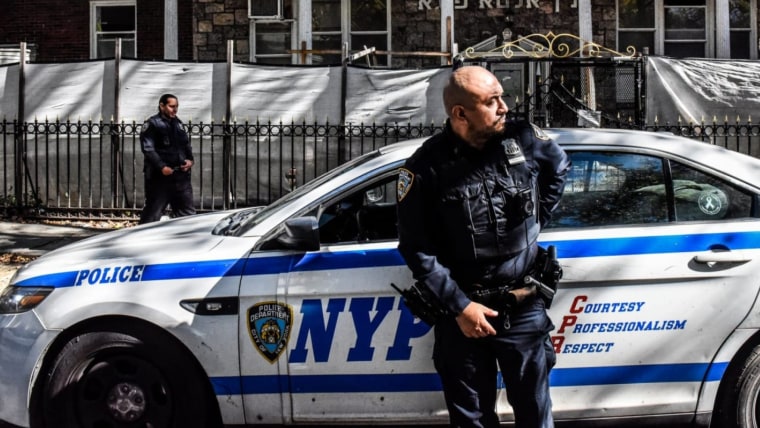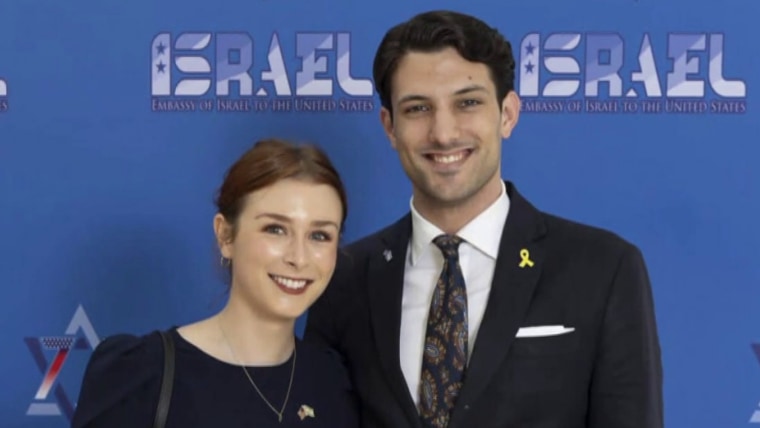On Wednesday, a young couple, Yaron Lischinsky and Sarah Milgrim, was gunned down as they exited a function for young Jewish professionals hosted at the Capital Jewish Museum in Washington, D.C. That function happened to be about delivering humanitarian relief across the Middle East and North Africa, including Gaza, and both victims had dedicated much of their short lives to promoting interfaith and intercultural understanding and peace between Israel and Arab countries.
None of this mattered to the man who was apprehended shortly after the victims were shot at close range — even as Milgrim struggled to crawl away. The suspect shouted for the cameras that had gathered, “I did it for Gaza,” and added a chant ubiquitous in the protests over the Israel-Hamas War: “Free, Free Palestine.”
What the shooter did indisputably know was that he was targeting an event at a Jewish museum hosted by and for Jews.
As the press first reported this tragedy, they did little to challenge the political framing established by the suspect. Outlets across the political spectrum almost universally described Milgrim and Lischinsky as employees of the Israeli Embassy. From Fox News to The Guardian, the New York Post to The New York Times, mainstream media (including MSNBC) immediately focused on the victims’ employment — even though there is no evidence that the shooter could have known their place of work.
What the shooter did indisputably know, when he purchased a ticket for the event three hours before he assassinated Milgrim and Lischinsky, was that he was targeting an event at a Jewish museum hosted by and for Jews. We must call out this antisemitic violence for what it is. Failing to identify this execution as a targeted, antisemitic act allows the void to be filled by dangerous claims of justified “political action.”
We saw this instantly on social media, where the falsehood that Milgrim and Lischinsky were killed because of their affiliation with Israel, not because they were thought to be Jews (Lischinsky was Christian) spread quickly. Some users ran with the idea that this murder was an act of political protest, that the killing of “Zionist officials” as the “highest expression of anti-Zionism.” Many others more quietly minimized the horror of this double-murder as a “political act,” wrong only in degree, but an extreme manifestation of otherwise legitimate protest.

These framings distract from the lethal antisemitism at the heart of this violent act. Rightly, this horrific murder is being investigated as a hate crime, since federal law prohibits targeting based on actual or perceived religion or national identity. Yet the stakes of this moment go far beyond the charges that are brought; this is about our relationship to violence, politics and humanity. If violence and murder are rationalized, even celebrated, in the name of political causes, we are in dangerous territory — and not only for Jews.
The callousness that allowed so many to deny or minimize Hamas’ rapes of Israeli women or to wave away the firebombing of Pennsylvania Gov. Josh Shapiro’s house on Passover hurts us all and can be directed at anyone. Yet these acts are logical outcomes of a culture that celebrates escalation, and in which extremism and dehumanization have become defensible, a phenomenon that history teaches us might begin with persecuting Jews, but will not end there. The least we can do is name it.
